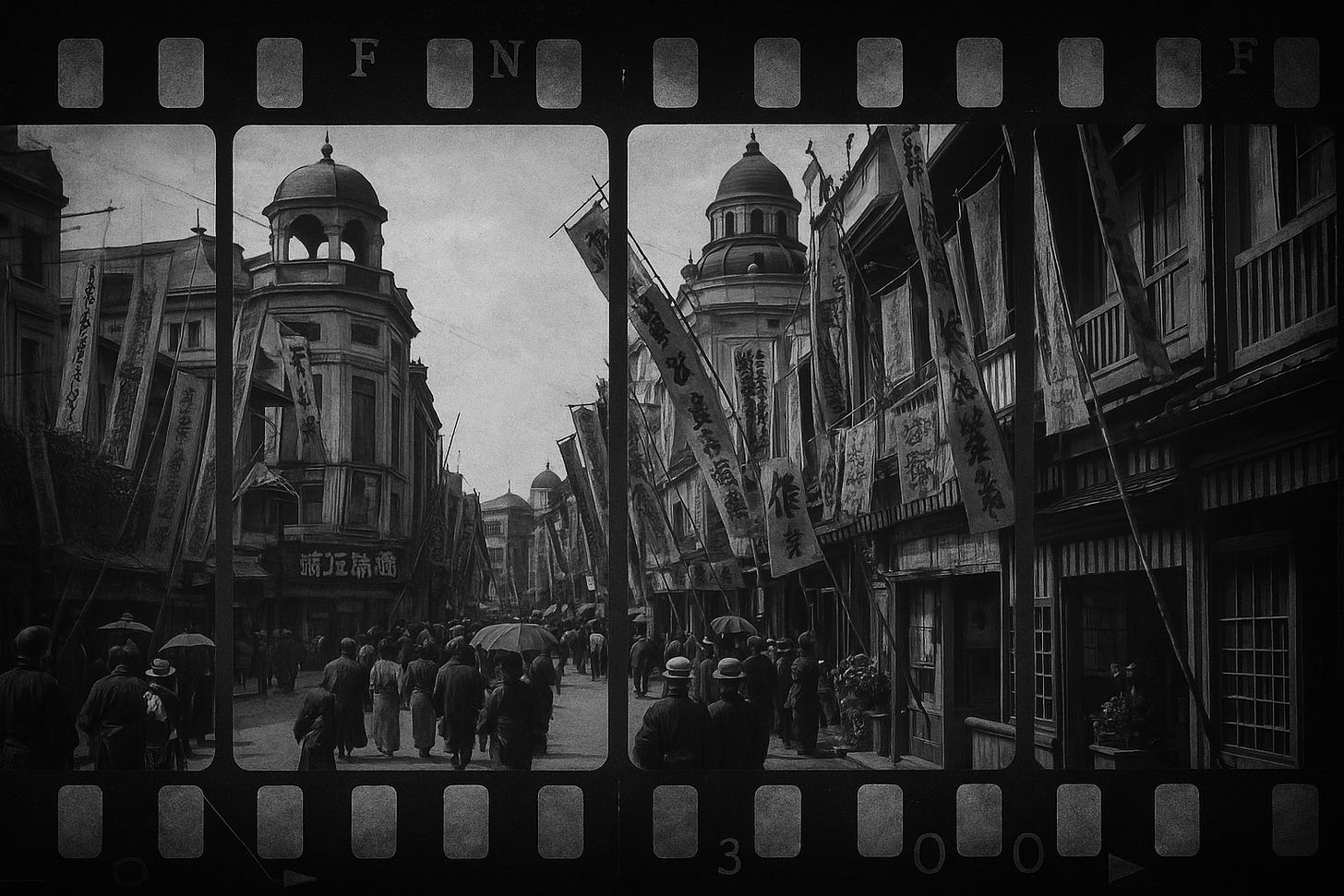In Pursuit of Invisible Texture
1980s Japan Swaying in a Future That Lost Its Future
The reaction against excessive digitalization has made a significant trend of returning to analog formats—vinyl records, film cameras, paper books—particularly pronounced over the past decade, representing a critical spiritual turning point for a new generation yearning for a lost era, a kind of “pre-digital nostalgia.” Whenever I walk around urban areas myself, I frequently encounter people capturing images with old film cameras or tourists “digging” through vinyl records, scenes that bring to mind a particular Japanese film I deeply cherish, To Sleep So as to Dream (夢みるように眠りたい).
This film was released in 1986, just a year after the 1985 Plaza Accord set the stage for Japan’s bubble economy. At that time, Japan had achieved astonishing economic growth from the ashes of World War II, had transitioned from rapid economic expansion to a period of stability, and was experiencing, for the first and perhaps only time, widespread prosperity among its population of over 100 million people. It was an era characterized by a unique energy, driven by a generation vividly recalling Japan’s extraordinary rise, a time when virtually everyone believed that Japan was destined to lead the world. Today, few remember this period, given the stark contrast with the present, but back then, many of the world’s leading corporations were Japanese, and Japanese capital aggressively purchased overseas real estate, fueling tensions abroad. The result was a stark reversal from the pro-Japan sentiment epitomized by Harvard sociologist Ezra F. Vogel’s influential 1979 book, Japan as Number One: Lessons for America, triggering intense backlash known as “Japan bashing.” To curtail Japan’s growing dominance, the U.S. pushed for the Plaza Accord.
Against this backdrop of exuberant economic dreams and underlying anxieties, filmmaker Kaizo Hayashi, then 29 and virtually unknown, masterfully captured the shifting sentiments of people caught in the whirlwind of rapid economic growth and vividly depicted their underlying nostalgia. Notably, Hayashi was largely self-taught, driven solely by his deep love for cinema, yet possessed exceptional sensitivity in grasping the essence of his era. His film offers insight into the uniquely ephemeral energy of late 1980s Japan, a period marked by fleeting pleasures and hidden despair, as people were forced to live within a “future without a future.” Born in the 1990s, I could not experience that era firsthand, yet Hayashi’s cinematic messages deeply resonate with me and allow profound reflection.



